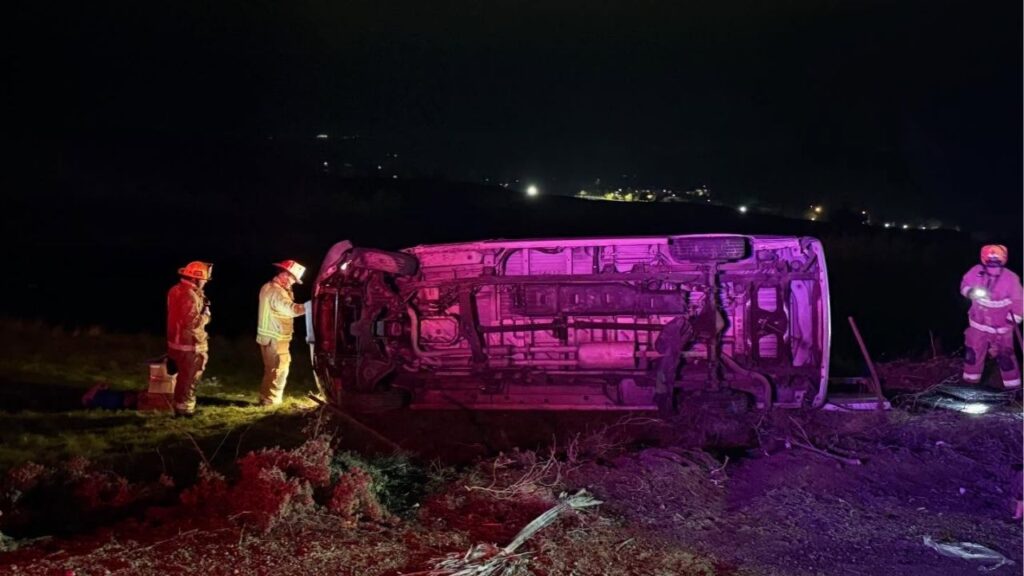Share
In a move that may soon be replicated elsewhere, the Gila River Indian Community recently signed an agreement with the U.S. Army Corps of Engineers to put solar panels over a stretch of irrigation canal on its land south of Phoenix.
It will be the first project of its kind in the United States to actually break ground, according to the tribe’s press release.
Historic Moment for the Community
“This was a historic moment here for the community but also for the region and across Indian Country,” said Gila River Indian Community Gov. Stephen Roe Lewis in a video published on X, formerly known as Twitter.
The first phase, set to be completed in 2025, will cover 1000 feet of canal and generate one megawatt of electricity that the tribe will use to irrigate crops, including feed for livestock, cotton and grains.
The idea is simple: install solar panels over canals in sunny, water-scarce regions where they reduce evaporation and make renewable electricity.
“We’re proud to be leaders in water conservation, and this project is going to do just that,” Lewis said, noting the significance of a Native, sovereign, tribal nation leading on the technology.
Water Conservation and Renewable Energy
A study from UC Merced estimated that 63 billion gallons of water could be saved annually by covering California’s 4,000 miles of canals. More than 100 climate advocacy groups are advocating for just that.
Researchers believe that much installed solar would additionally generate a significant amount of electricity.
UC Merced wants to hone its initial estimate and should soon have the chance. The nearby Turlock Irrigation District and partner Solar AquaGrid plan to construct 1.6 miles of solar canopies over its canals beginning this spring and researchers will study the benefits.
Challenges and Opportunities
Neither the Gila River Indian Community nor the Turlock Irrigation District are the first to implement this technology globally. Indian engineering firm Sun Edison inaugurated the first solar-covered canal in 2012 on one of the largest irrigation projects in the world in Gujarat state. Despite ambitious plans to cover 11,800 miles of canals, only a handful of small projects ever went up, and the engineering firm filed for bankruptcy.
High capital costs, clunky design and maintenance challenges were obstacles for widespread adoption, experts say.
But severe, prolonged drought in the western U.S. has centered water as a key political issue, heightening interest in technologies like cloud seeding and solar-covered canals as water managers grasp at any solution that might buoy reserves, even ones that haven’t been widely tested, or tested at all.
Still, the project is an important indicator of the tribe’s commitment to water conservation, said Heather Tanana, a visiting law professor at UC Irvine and citizen of the Navajo Nation. Tribes hold the most senior water rights on the Colorado River, though many are still settling those rights in court.
“There’s so much fear about the tribes asserting their rights and if they do so, it’ll pull from someone else’s rights,” she said. The tribe leaving water in Lake Mead and putting federal dollars toward projects like solar canopies is “a great example to show that fear is unwarranted.”
The federal government has made record funding available for water-saving projects, including a $233 million pact with the Gila River Indian Community to conserve about two feet of water in Lake Mead, the massive and severely depleted reservoir on the Colorado River. Phase one of the solar canal project will cost $6.7 and the Bureau of Reclamation provided $517,000 for the design.
RELATED TOPICS:
Categories

Target App Down for Thousands, Downdetector Shows


















